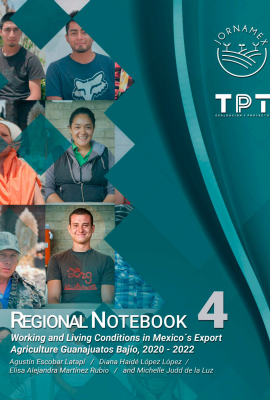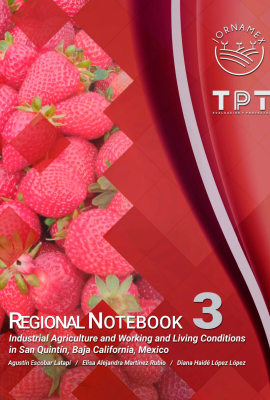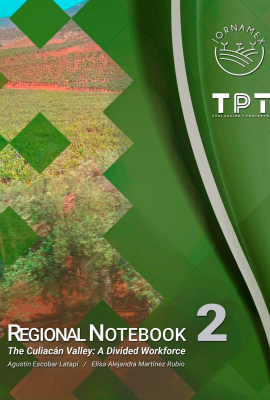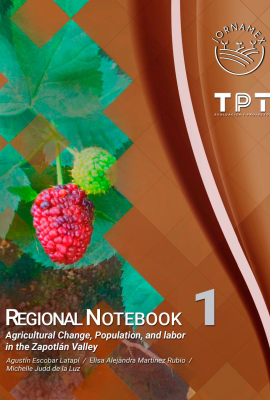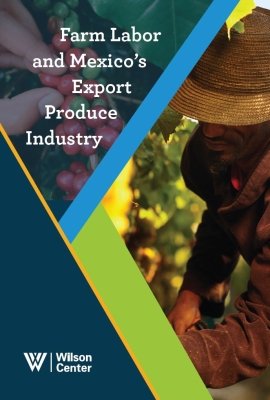Municipal Maps of Compliance and Non-compliance with Labor Conditions in Mexico

Maps
-
Aguascalientes
-
Baja California
-
Baja California Sur
-
Campeche
-
Ciudad de México
-
Chiapas
-
Chihuahua
-
Coahuila
-
Colima
-
Durango
-
Estado de México
-
Guanajuato
-
Guerrero
-
Hidalgo
-
Jalisco
-
Michoacán
-
Morelos
-
Nayarit
-
Nuevo León
-
Oaxaca
-
Puebla
-
Querétaro
-
Quintana Roo
-
San Luis Potosí
-
Sinaloa
-
Sonora
-
Tabasco
-
Tamaulipas
-
Tlaxcala
-
Veracruz
-
Yucatán
-
Zacatecas
Explore more related to this collection
5
results
